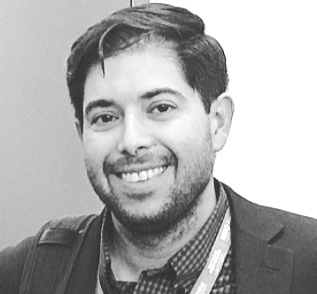Question
What is a bilingual versus a cross-lingustic approach to intervention of speech sound disorders?
Answer
The bilingual approach focuses on addressing language constructs that are common to both languages. This typically involves working on shared sounds like /p, b, m, w, t, d, k, g, l/. We begin by targeting these shared sounds in the bilingual approach. A cross-linguistic approach emphasizes skills that are unique to each language. For instance, if a child speaks both Spanish and English and the clinician is proficient in both languages, we can use a cross-linguistic approach to address specific sounds like the Spanish trilled /r/ or the American /r/ in English. This approach allows us to work on unshared sounds in each language.
For clinicians who are monolingual they can focus on addressing sounds that are unique to the English language without the need to target the language-specific sounds of other languages. Some clinicians take a creative approach by pairing younger students with older students who are fluent in the target language. This arrangement enables the younger students to practice and hear models of the older students, especially when they are intelligible in both languages but may have language impairments.
Another strategy discussed by Gina Glover involves labeling objects in the therapy room in the target language. For example, labeling a chair as "silla" in Spanish or a table as "mesa." This approach demonstrates an effort to meet students halfway and shows that we are making an attempt to connect with them. Even simple gestures like greeting families in their native language, especially if we don't speak the language fluently, can be highly impactful for families and students.
Importantly, there is evidence suggesting that intervention in one language can have a positive impact on the other language, indicating the potential for cross-linguistic generalization.
This Ask the Expert is an excerpt from the course, Phonological Intervention for Multilingual Children: Expanding the Cycles Approach presented by Raul Prezas, PhD CCC-SLP, PNAP.

